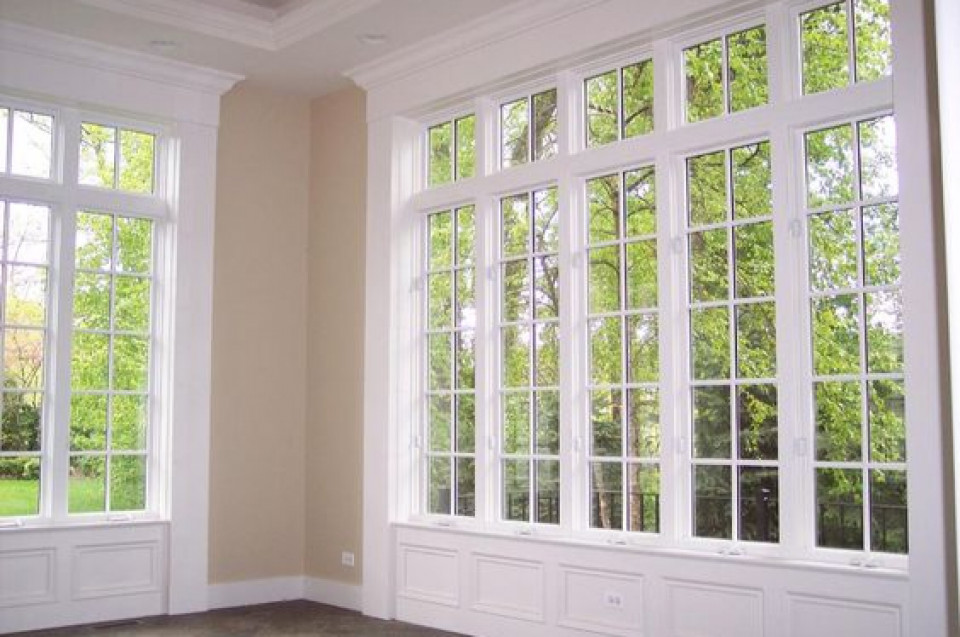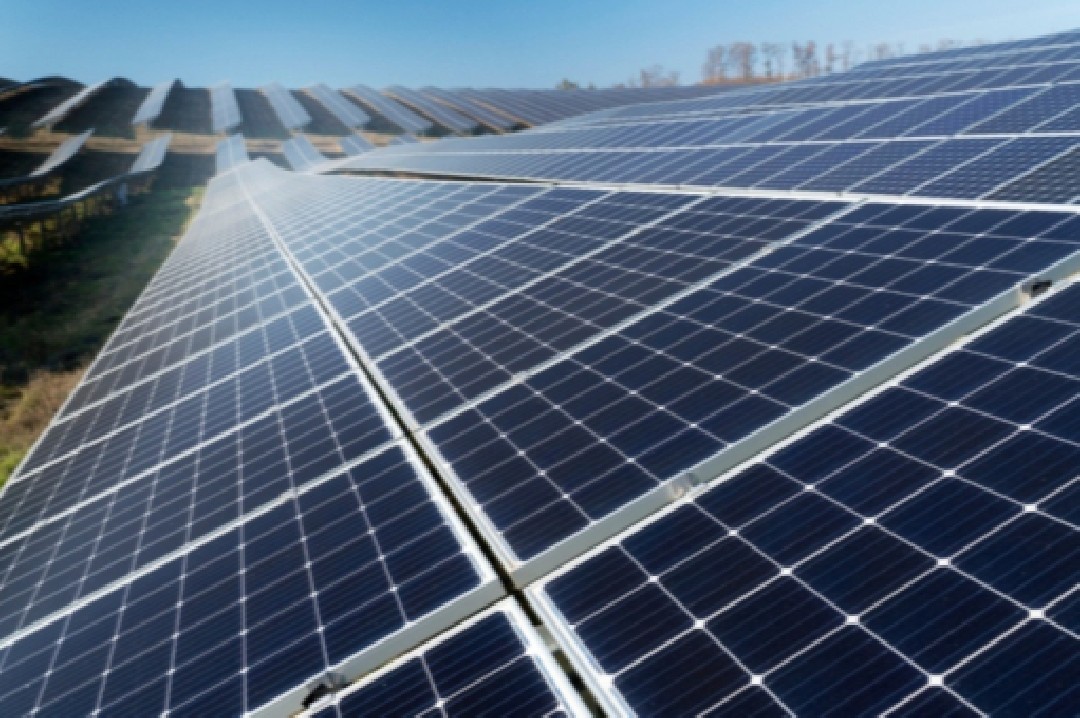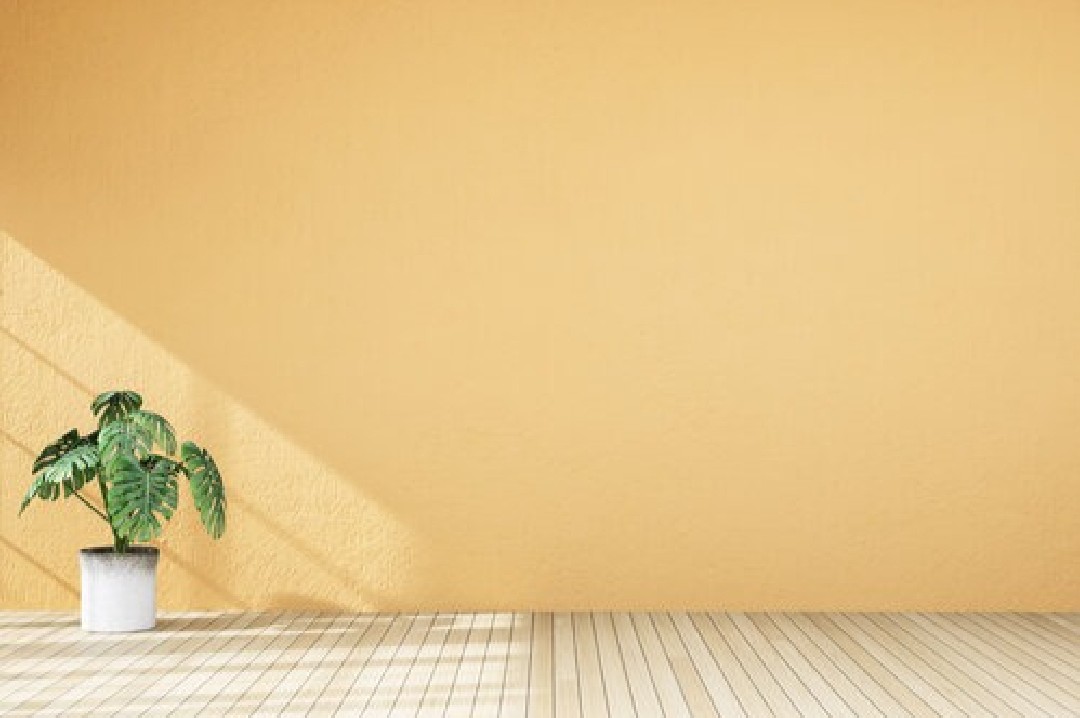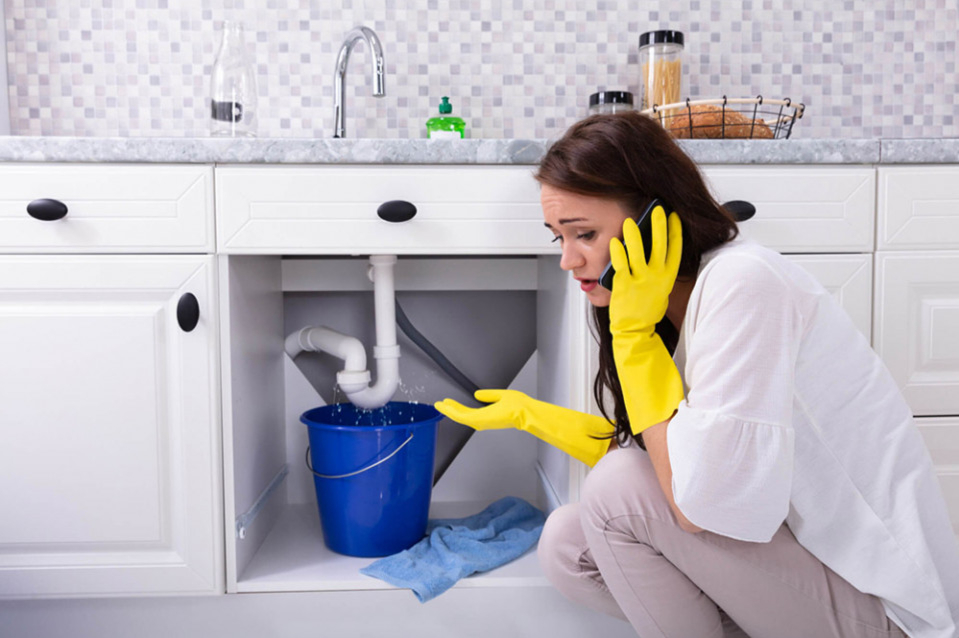Tricks to Keep Your House Cool Without AC
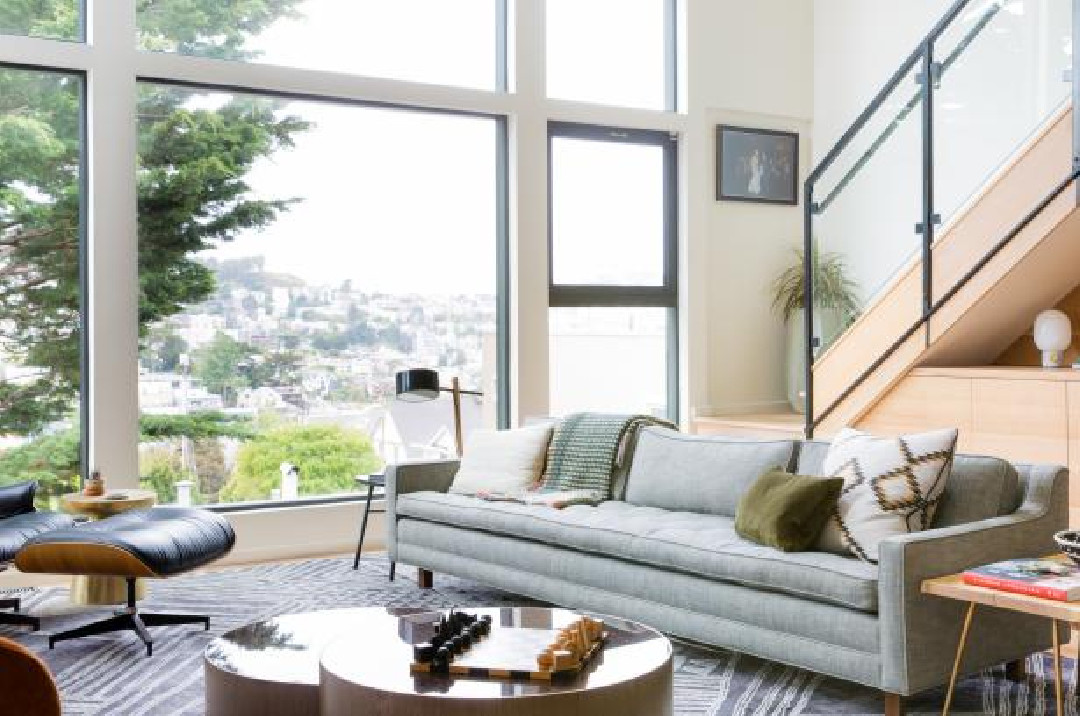
In the midst of increasingly extreme hot weather, keeping your home cool can often be a challenge, especially if you don't want to rely on energy-wasting air conditioning. In addition to saving on electricity costs, keeping your home at a comfortable temperature without air conditioning is also a small step towards supporting a more environmentally friendly lifestyle.
Although it may sound difficult, there are many natural ways that can be applied to reduce heat in the house. From setting up ventilation to choosing the right materials, each of these simple steps can make a big difference. This article will discuss various tricks that are not only effective but also easy to implement to help keep your home cool and comfortable, even without air conditioning.
Read on to find practical solutions that can make your home a cool place even in the middle of the hot sun. ?
1. Maximize Air Ventilation
Good ventilation is key to maintaining air circulation in the house. Make sure each room has enough windows or ventilation holes. Place ventilation strategically, such as using cross ventilation to allow air to enter from one side and exit through the other. This way, fresh air is always flowing in the house.
2. Use the Right Curtains or Drapes

Choose blackout curtains or thick curtains to block direct sunlight, especially during the day. You can also use bamboo or linen curtains that allow the breeze to come in but block out the harsh sunlight.
3. Paint the Walls in Bright Colors

Light colors like white, cream, or pastels help reflect sunlight rather than absorb it. This will keep the temperature inside the house cooler. If possible, apply special paint that has thermal properties to retain heat.
4. Take Advantage of Plants Inside and Outside the Home

Plants not only beautify the house but also help cool the air. Place ornamental plants such as snake plant, monstera, or pothos indoors. For outdoors, add shady trees or vines to provide shade and reduce heat.
5. Use Building Materials That Absorb Less Heat

If you are renovating your home, choose materials such as ceramic or lightweight concrete for floors and walls. These materials absorb less heat than materials such as metal or glass. Also, use a light-colored roof to reflect the sun's heat.
6. Add a Fan or Exhaust Fan

Ceiling fans can help distribute cool air evenly in the room. In addition, exhaust fans in the kitchen and bathroom help expel hot or humid air, so that the house temperature remains comfortable.
7. Make a Small Pond or Fountain

Water has a natural cooling effect. By adding a small pond, fountain, or even an aquarium to a specific area, the surrounding temperature will feel cooler. In addition, the sound of trickling water provides an additional relaxing effect.
8. Avoid Excessive Use of Electronic Devices

Electronic devices such as computers, televisions, and ovens produce additional heat in the home. Use them only when necessary, and turn off devices when not in use.
9. Use Comfortable Fabrics for Furniture

Replace pillowcases, sheets, or sofas with cooler materials such as cotton or linen. These materials help absorb sweat and provide a cool sensation when used.
...
Keeping your home cool without air conditioning is not only an energy-saving option, but also a wise step to support a healthier environment. By optimizing air ventilation, choosing the right materials, using plants, and utilizing simple elements such as curtains or fans, you can create a comfortable home even in hot weather.
The most important thing is to understand the needs of your home and start with small changes that are easy to do. A cool home not only provides physical comfort but also improves the overall quality of life. So, let's start implementing these tricks to create a more comfortable and environmentally friendly home. Good luck! ?


